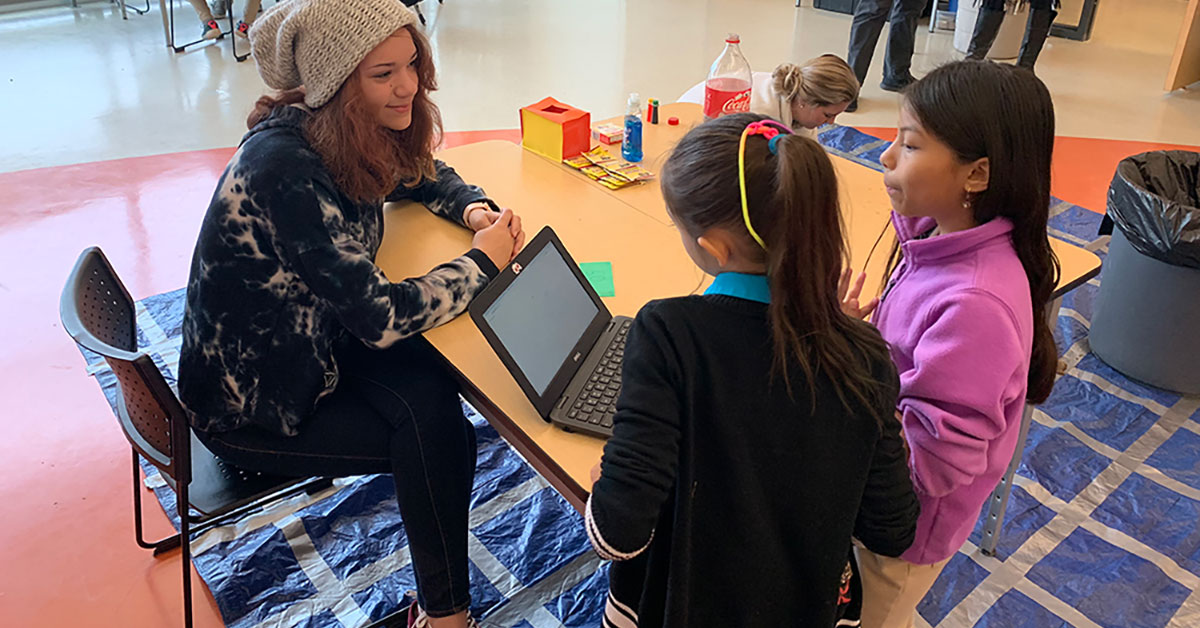There’s an old saying allegedly attributed to Albert Einstein, “Everyone is a genius, but if you judge a fish by it’s ability to climb a tree it will live its whole life believing it’s stupid.” As educators, we know there’s a lot of truth behind this statement. Every student comes to the classroom with their own unique skill set, but it’s all too easy for them to get lost in the weeds of standards, expectations, and peer pressure. Differentiated instruction is a great way to ensure that students can learn regardless of their academic strengths and weaknesses. Still, understanding what differentiation is and applying it to your classroom are two very different things.
What is Differentiation?
Differentiation is not revolutionary, and it’s not an accessory you attach to an existing process. Differentiation is a mindset that the teacher’s role is not to cover material, but to maximize learning for all students. It starts by identifying essential knowledge, understanding, and skills your students need to learn. Then, you assess the student’s status relative to said knowledge, understanding, or skills. Finally, you use what you’ve learned to help students move ahead. This all sounds a bit technical, but it’s really just putting yourself on the level of your student and helping them overcome challenges by mixing up the lessons content, process, or product.
So what does this actually look like? Well, let’s say you have a student who has difficulty reading. Instead of having them read a book on the idea of “Cause and Effect”, you can follow the VAEI have them do a science investigation on Daphnia. Have your student add caffeine or alcohol to the water then check the Daphnia’s heart rate. Their investigation will reveal that adding different chemicals causes a different reaction in the Daphnia, thereby helping them understand the notion of cause and effect. You helped them learn by changing the content and process. There are many different methods for teaching these ideas to students, many of which can be adjusted to suit your students’ personality and interests.
Strategies for Differentiation
Here are just a few strategies for bringing differentiation to your classroom:
- Choice Boards: Choice boards are great because they give students a menu of options for how they approach their work. It can be modeled after an acronym, a vocabulary word, or even a Choose Your Own Adventure book. For example, the menu options can separate projects into “Appetizers”, “Dinner” and “Deserts”. Students must do a project from each menu, but they can choose which “dish” they order. Just be sure all their choices look similar in difficulty.
- Tiering Assignments: The tiering approach is mostly used for readiness. The idea is to break up a lesson into distinct projects that aim at a specific content standard. For example, a Tier 1 assignment might involve students writing a letter to a friend describing the experiment they did that day. The focus is to build student understanding of the lesson. Tier 2 looks for ways to extend, analyze, and apply the content. This could be a second letter describing what the student thinks might happen if they change a variable.
- RAFT: RAFT stands for Role, Audience, Format, and Topic. It’s best for differentiating a product by appealing to student interest. You select the topic and students get to select the role, audience, or format. For example, if you have a student who struggles with math but loves writing, you can have them compose a poem where they explain and solve math formulas. Another idea is to have them role-play a reporter covering scientific topics like climate change or energy usage. The options are practically limitless!
Putting the “Pro” in Project-Based Learning
So, how does this all tie into project-based learning? Well, if differentiation is a mindset that teachers employ to maximize learning for all students, then PBL is the authentic experience we use to engage students emotionally, actively, and cognitively. The best way to create time for differentiation is to engage students in open-ended projects with sustained inquiry. The two work in sequence like gears in a machine, driving the learning process forward with their shared momentum.
Consider the Blue Apple project Moments to Remember, where students get to know a senior citizen, write pen pal letters to them, and then collect what they learn to create a biography. You could have students structure their biographies around a theme for content. Maybe you even tier the assignment and have students create their own format for the book. However you choose to structure the assignment, your class will enjoy a flexible learning experience and create positive change in their community. In the end, that’s what learning is all about!

